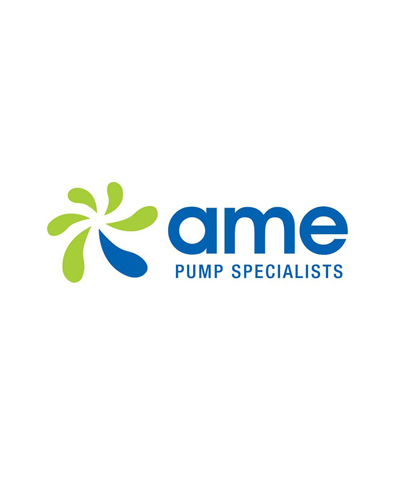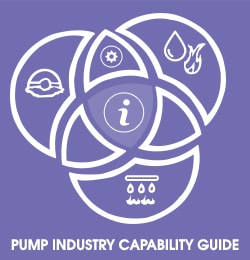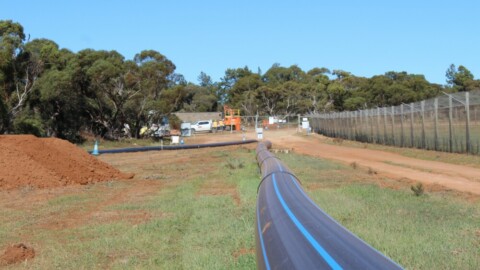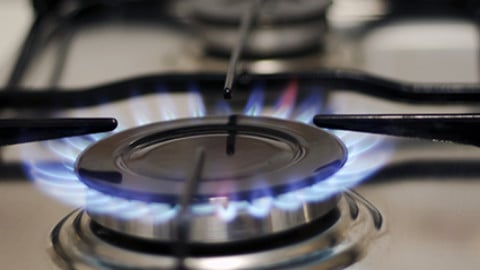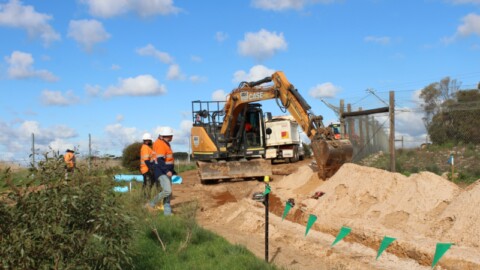SA Water’s new 13m-high, 12.1 tonne bio-trickling filter has been safely and successfully lifted into place as part of a $2 million-plus project to combat odour at the Port Adelaide Wastewater Pump Station.
South Australian contractor Waternish Engineering began upgrade works in May 2018, which has seen three smaller bio-filter vessels installed, and work undertaken to prepare the site for the larger bio-trickling filter vessel. These works are expected to take around six months to complete.
SA Water’s General Manager of Asset Operations and Delivery, Mark Gobbie, said the Australian-made system will improve long-term odour management through three-stages of odour control technology – a bio-trickling filter, bio filters and activated carbon as a polishing effect.
“The bio-trickling filter uses bacteria to remove the odorous gas from the wastewater. As the air rises through the tank, water feeds the bacteria which eats away at the odour and eventually releases treated, clean air through the top of the unit,” Mr Gobbie said.
“With a similar system already in use at our Parafield Gardens facility, we know it’s a highly effective filtering system that will benefit odour management at the site.”
The delicate operation required delivery of the large filter using an oversized truck from New South Wales, with two cranes needed to raise and vertically rotate the filter into position at the station.
A visual impact assessment was also undertaken prior to the manufacture of the unit and the local community was engaged on a colour scheme that would best blend in with the surrounds.
“The bio-trickling filter has been designed using a two-tone colour scheme, with our selected colours given the tick of approval by the community prior to manufacture,” Mr Gobbie said.
“While the station has previously operated using a carbon filter system as an interim measure, we wanted to put in place a long-term solution to combat odour, as well as support continued growth in the western Adelaide area.”
Receiving an average of 22.5 million litres of sewage every day, the Port Adelaide Wastewater Pump Station is a vital facility serving over 30,000 homes and businesses in Adelaide’s western suburbs.




